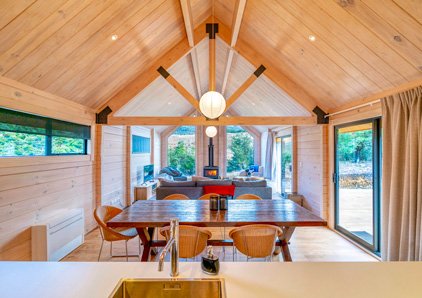

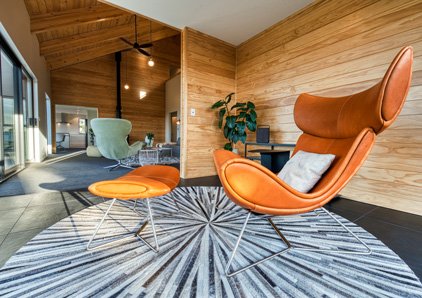
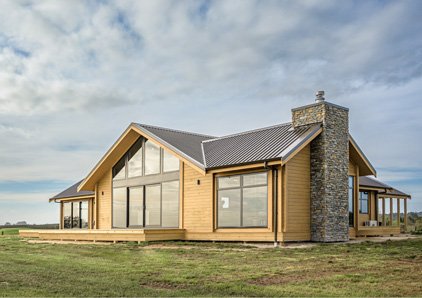
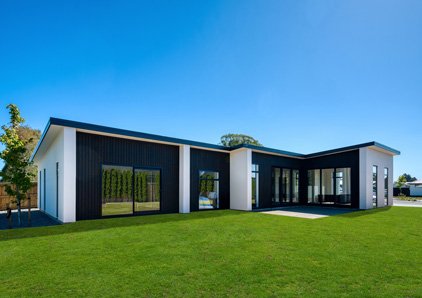

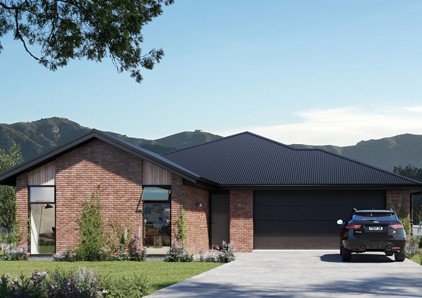
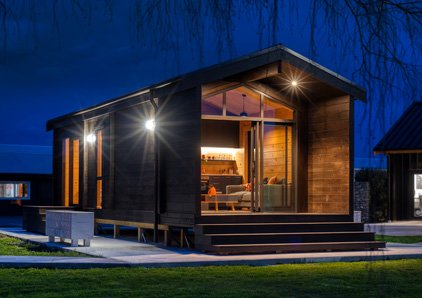
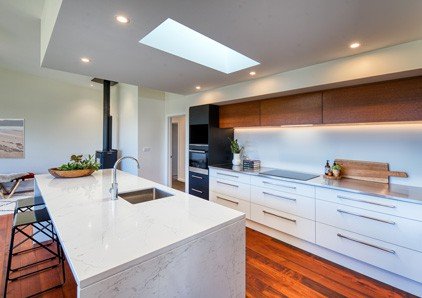
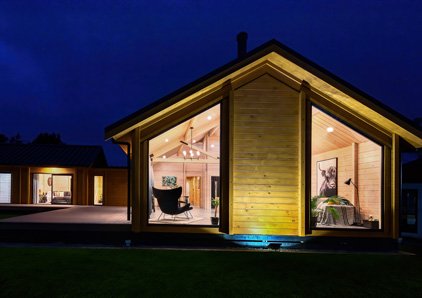

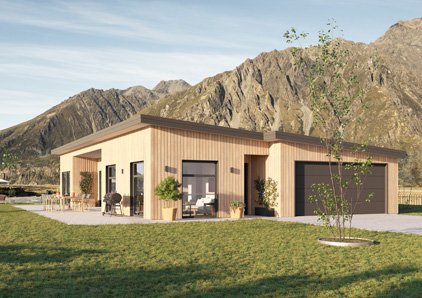

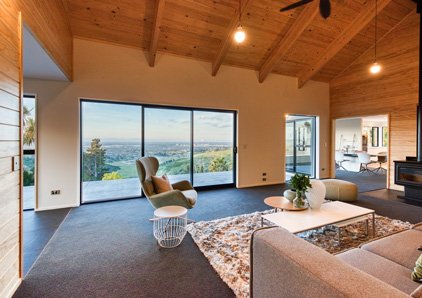
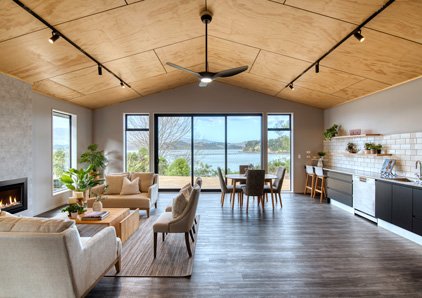
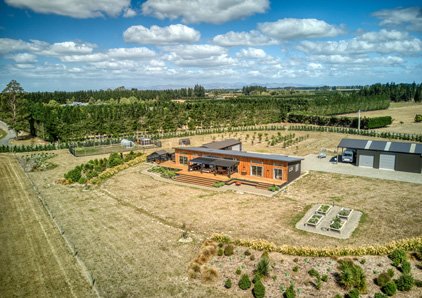
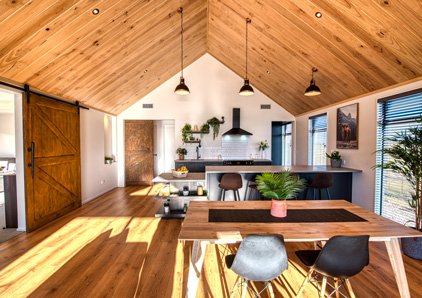

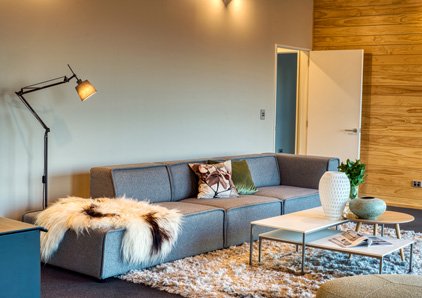
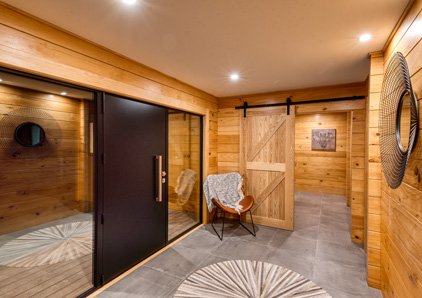


Cost indication
Med to High
Effectiveness rating
6/10
4. WINDOWS
As we have touched on already, the size and placement of windows is a critical part of passive design, particularly having larger windows in the living areas to maximise sun and light.
Windows also play the important role of enabling ventilation, which is another element of having a healthy, sustainable home. Letting fresh air into your home can help to cool your home in the summer, while opening your windows regularly in the winter helps prevent moisture from building up in your home. A dry home is easier to heat and will therefore be more energy-efficient and more comfortable to live in.
With all of this in mind, it pays to not just consider sun, views and privacy when deciding where to place windows in your home, but also the direction of prevailing winds and which windows should be opening windows with stays or catches to promote easy airflow.
Even when windows are not open, they can account for more heat gain or loss than any other part of a well-insulated new home. As heat is transferred through both the glass and the framing we need to look at ways to minimise heat transfer through both.
Double glazed windows with aluminium frames are the standard in most new homes. While they certainly perform far better than old-fashioned single glazed windows, there are other options which can help reduce heat loss and gain significantly compared to standard aluminium-framed double glazing.
One option is to have tinted or coated glass such as low-emissivity (low-E) glass as one pane of double glazing. Low-E glass can reduce glare, while improving thermal performance and the R-value of the window by 50%.
Another option is to choose windows with timber or uPVC frames which provide better insulation than aluminium or to select thermally broken aluminium frames. Thermally broken aluminium frames have a thermal break in the centre of the aluminium frame. BRANZ testing has shown that frames with this feature can be almost 60% more thermally efficient than regular aluminium frames.
An often overlooked consideration is to complement your insulated windows with lined curtains or blinds to reduce heat loss from your windows at night.


